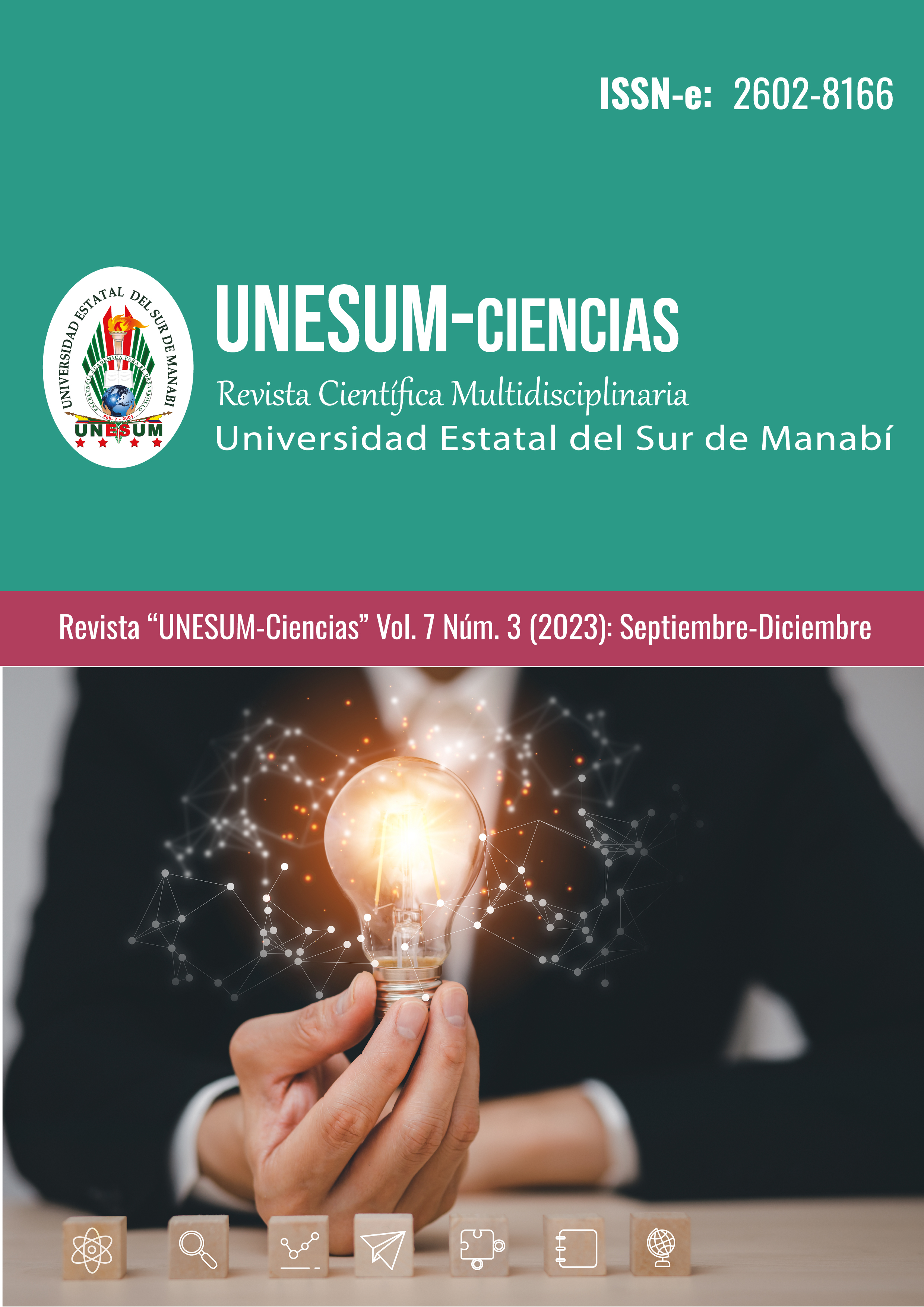Las relaciones laborales de las mujeres yuqueras de la provincia de Manabí en proyectos internacionales
DOI:
https://doi.org/10.47230/unesum-ciencias.v7.n3.2023.122-133Keywords:
Women, labor insertion, reintegration of rights, quality of life, equity and gender equality.Abstract
The work of women at the international level is still the subject of studies, women have been forgotten actors, used in each era, by each social sector and in some cases used by the internal and external, of this International Cooperation echoes already using the faces and realities of women, defined as such a research process, on several levels, in this sense the article presents a bibliographical analysis on the Conditions of the insertion of women in the workplace in rural areas of the province of Manabi, specifically in the sector of San Vicente, Calderon, characterized for being culturally macho and where women have been invisible and seek a reintegration of their rights of realization, esteem and development, important components for the improvement of their quality of life and therefore of their social welfare. For its realization we worked with a descriptive and analytical methodology, with the application of methods; bibliographic, inductive, analytical and descriptive, which allowed reaching the conclusions that after decades the silent cry of women is not yet heard as it is a structural problem, collaboration is conceived as assistance, as relief, not in function of the transformation of the conditioning factors of equity and gender equality, perpetuating and reproducing the alienation of the hegemonic power of capital. Consequently, there are arguments that contribute to the ineffectiveness of such cooperation projects based on emancipatory processes and critical overcoming of gender asymmetries, becoming in many cases a trap that contributes to perpetuate machismo and patriarchy.
Downloads
References
Acebes, P., Wheeler, J., Baldo, J., Tuppia, P., Lichtenstein, G., Hoces, D. & Franklin, W.L. (2018). Vicugna (errata version published in 2019). The IUCN Red List of hreatened Species 2018:e.T22956A145360542. En: http://dx.doi.org/10.2305/IUCN.UK.2018-2.RLTS.T22956A145360542.
Arzamendia, Y., Acebes, P.; Baldo, J. L.; Rojo, V. y Segovia, J. M. (2019) Vicugna vicugna. En: SAyDS–SAREM (eds.) Categorización 2019 de los mamíferos de Argentina según su riesgo de extinción. Lista Roja de los mamíferos de Argentina. Versión digital: http://cma.sarem.org.ar.
Arzamendia, Y., Baldo J. y Vilá B. (2012) Lineamientos para un plan de conservación y uso sustentable de vicuñas en Jujuy, Argentina. Ed. EDIUNJU, San Salvador de Jujuy.
Bello Cervantes, I. y Pérez Serrano, A. M. (2017). Turismo Biocultural: relación entre el patrimonio biocultural y el fenómeno turístico. Scripta Ethnologica, 39, 109-144.
Bergesio, L. y Scalone, L. (2021). (Re) presentaciones de Jujuy en las promociones turísticas (1950-2015). Turismo, Imagen y Patrimonio. Liliana Bergesio, Alejandra García Vargas y Laura Golovanesvky. Las tramas del desarrollo. Estudios y propuestas interdisciplinarias para Jujuy. 1era edición Ediunju. San Salvador de Jujuy.
Comparato, G. y Charne U. (2015). Turismo y Patrimonio Mundial. Conservación y uso: un equilibrio necesario. Instituto de Investigaciones en Turismo – Facultad de Ciencias Económicas – Universidad Nacional de La Plata.
Hernández Hernández, F. (2002). El patrimonio cultural. La memoria recuperada. Gijón: Ediciones Trea. 441 p., España.
Querol, María Á. (2020) Manual de Gestión de Patrimonio Cultural. 2da Edición Editorial AKAL, Madrid.
Laker, J.; Baldo, J., Arzamendia, Y. y Yacobaccio, H. (2006). La vicuña en los Andes. En: Vila B (ed.) Investigación, conservación y manejo de vicuñas. Proyecto MACS-Argentina, Buenos Aires.
Mancini, C. E. y Tommei, C. I. (2016). La Institucionalización del Patrimonio en la Quebrada de Humahuaca. El caso de Purmamarca. Cuadernos de la Facultad de Humanidades y Ciencias Sociales. Universidad Nacional de Jujuy, [S.1], p. 41-68. Recuperado de: http://revista.fhycs.unju.edu.ar/revistacuadernos/index.php/cuadernos/article/view/189. Fecha de acceso: 15 sep. 2022.




